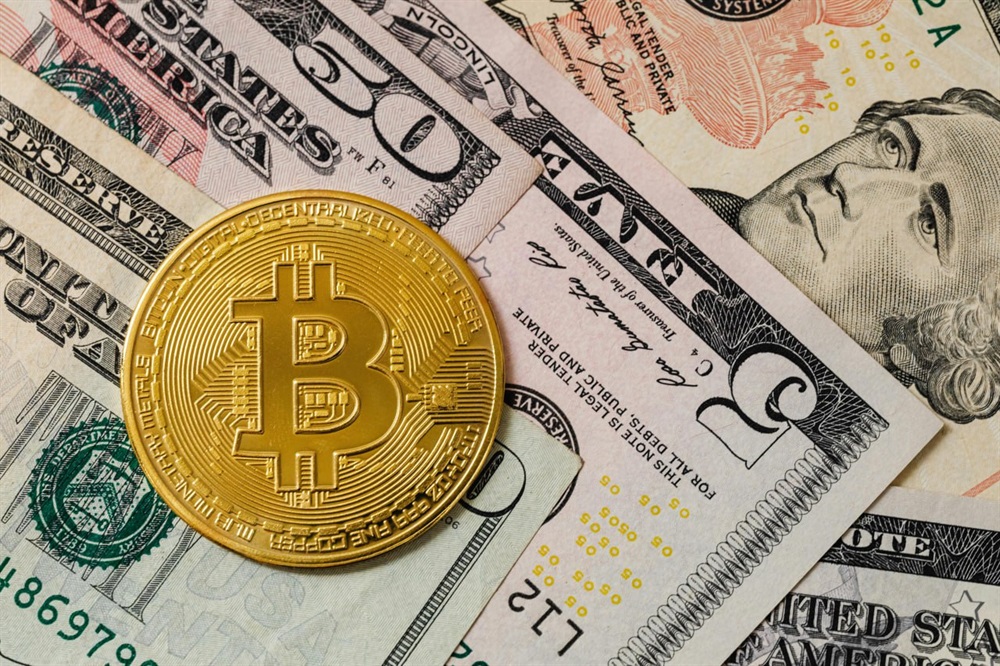How Bitcoin’s Price is Quietly Reshaping Global Investment Culture
It’s easy to imagine the people who bought Bitcoin early as accidental revolutionaries. They weren’t. Not really. A few might have stumbled upon it in 2011, convinced by blog posts or deep web forums, the kind that use words like “permissionless” without a flicker of irony. But most arrived later—eyes wide, nerves frayed—drawn not by the ideology but by the chart. It went up, and that was enough.
This is where we begin: not with whitepapers or cryptographic proofs, but with the simple fact that the price of Bitcoin turned it from an obscure curiosity into a cultural event. The Bitcoin price—its rises, dips, pauses and recoveries—has become, in its own strange way, a kind of thermometer. Not just of market appetite, but of public mood. And while the headlines often dwell on the drama, something quieter is happening beneath: a shift in how entire generations view wealth, value, and the idea of playing the long game.
The Currency of Belief
The Bitcoin price in USD is many things. At its noisiest, it’s a number that flickers too fast to keep up with—$45,000 one month, $60,000 the next, then back again with all the composure of a startled horse. For some, that instability is enough to dismiss it entirely. “Volatile”, they say, as though the same word hasn’t been used, at different times, to describe start-ups, artists, and oceans. But volatility doesn’t necessarily mean fragility. Sometimes it’s just the cost of being early.
And here, quietly, something has changed. The fact that you can wake up, check the Bitcoin price USD, and find it has dropped 12% overnight used to be cause for alarm. Now it’s expected. It’s built into the culture. Investors—both the cautious and the cavalier—have begun to treat Bitcoin not as a moment, but a movement. They factor in the swings. They hold through them. The idea of riding a wave, rather than betting on a single crest, has taken root. Bitcoin isn’t just an asset. It’s an education in temperament.
The New Fundamentals
The shift isn’t theoretical. It’s behavioural. Across countries and currencies, there’s a slow migration happening—from stocks and savings accounts to portfolios that include crypto as a matter of course. Not as a gamble, but as a hedge. In the same way someone might own gold, or real estate, or art. It’s no longer an either-or. It’s just part of the spread.
And it’s not just what people are buying—it’s why. Bitcoin has brought with it a change in how risk is understood. A decade ago, “playing the market” was something you might do through a broker, or late at night on a trading platform, half-believing you were ahead of the game. Today, it’s something discussed openly at kitchen tables and WhatsApp groups. Bitcoin’s presence—visible, discussable, irreverent—has invited a broader swathe of people to think like investors, even if they’ve never called themselves that. Especially if they haven’t.
Wealth as a Practice
This has cultural implications. In much the same way the internet rewired our expectations of speed and access, Bitcoin has reshaped our sense of ownership. Not just of assets, but of financial destiny. The idea that you could store value in a password, held in your head or a small device, runs counter to every dusty institutional practice of the last 200 years. Yet here we are.
It’s not that traditional investments have lost relevance. They haven’t. But the conversation has widened. More people now ask different questions: about inflation, about fiat currencies, about where value really comes from. Not all of them arrive at the same conclusions. But they’re asking. And that, in itself, marks a shift. The mere presence of Bitcoin—its price, its vocabulary, its unpredictability—has nudged finance into something more participatory. Less remote. More human.
Beyond Numbers
And perhaps that’s the most underreported aspect of Bitcoin’s rise. Not the profits, not the collapses, but the communities. Thousands of them, online and off, discussing everything from hardware wallets to halvings. The language may be alienating at first—filled with acronyms and memes—but the tone is democratic. “DYOR” is the unofficial mantra: do your own research. This isn’t a world of guarantees. It’s a culture of agency.
In this way, Bitcoin has encouraged a different kind of financial education. One that isn’t necessarily taught in school, or promoted by banks, but spreads by osmosis. Through forums. Through friends. Through every moment someone decides to put in $50 instead of scrolling past. There is still risk. Always will be. But now, more people are aware of what that actually means—and what it doesn’t.
A Long Game
It’s easy to be cynical about money, especially in a time when wealth seems abstract and unevenly distributed. But Bitcoin, for all its controversies, has reminded people that the rules are not fixed. That systems can be rewritten. That value can emerge from consensus as much as policy.
In the end, Bitcoin’s greatest impact may not be economic, but psychological. It has helped normalise the idea that markets are participatory spaces, not closed clubs. That price isn’t just a signal, but a story. One that millions of people are now helping to write. And even if the script stumbles, as all markets do, the act of reading it together has changed us. It’s made investing more public, more debated, and—paradoxically—more personal.
FAQs
Q: Isn’t Bitcoin too volatile to be considered a serious investment?
A: Volatility is part of early-stage markets, and while Bitcoin does fluctuate, so do many traditional assets. Over time, many investors see it as a long-term store of value.
Q: Why does Bitcoin’s price matter to everyday people?
A: Its price affects adoption, visibility, and public interest. More importantly, it’s prompted millions to learn more about finance, risk, and value—sometimes for the first time.
Q: Is Bitcoin replacing traditional finance?
A: Not replacing, but coexisting. It’s reshaping how people think about wealth, especially younger generations seeking alternatives to old systems.





